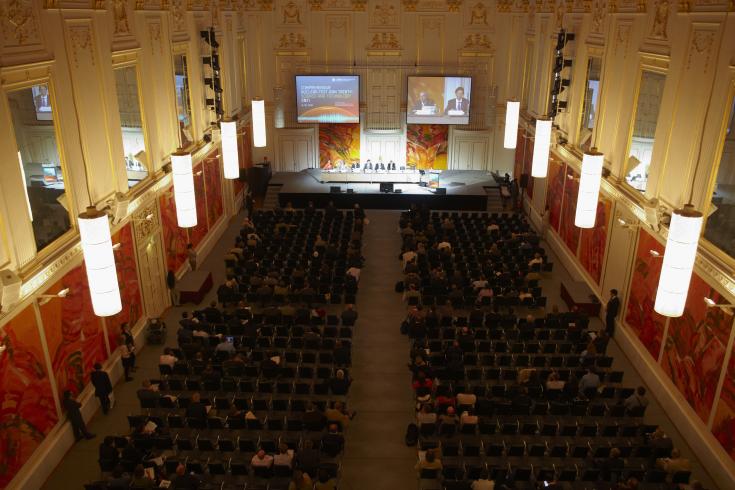Next Major Scientific CTBT Conference scheduled
for June 2013
for June 2013
The Global Alarm System - click for animation.
The range of scientific and technological fields utilized by the CTBTO includes seismology, hydroacoustics, infrasound, and many other geophysical methods (especially for on-site inspections). Equally important is radionuclide monitoring, both of particulates and noble gases. Atmospheric transport modelling (ATM), meteorology, data transmission methods, machine-learning and performance monitoring also have a crucial role to play. National technical means for CTBT verification, such as the different satellite-based methods of observation, extend this range considerably. Some components of the verification regime, such as on-site inspections and procedures to allow an in-depth analysis of potentially suspicious events by the CTBTO, will not be implemented until after the Treaty’s entry into force, but preparations for this crucial milestone require that all components be developed, refined, evaluated and tested in advance.
Location estimates for the 2006 (red) and 2009 (orange) DPRK nuclear tests.

The S&T2011 Conference was held from 8 to10 June 2011 at the Hofburg Palace in Vienna, Austria.
8 Nov 2011